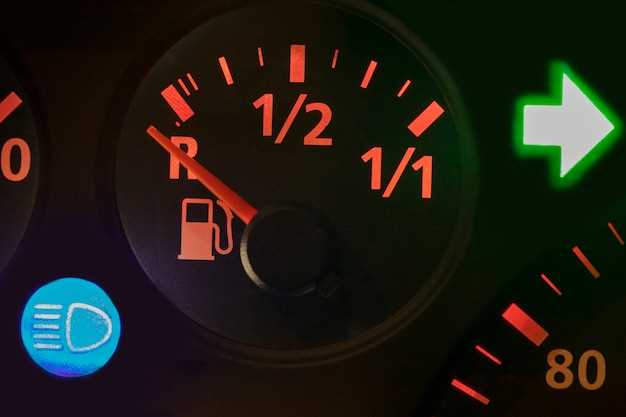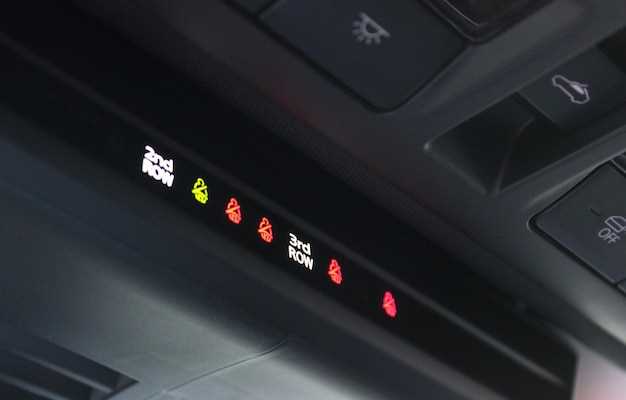
When driving a car, it’s essential to stay alert to warning lights that may illuminate on your dashboard. These indicators serve as a communication tool between your vehicle and you, alerting you to potential issues that require immediate attention. Understanding the significance of these lights is crucial for maintaining vehicle safety and performance.
Each dashboard light corresponds to specific functions and systems within your car. Ignoring these warnings can lead to more severe problems, compromising both your safety and the longevity of your vehicle. Therefore, knowing the appropriate steps to take when these lights illuminate can prevent small issues from escalating into costly repairs.
This article will provide you with a comprehensive guide on what to do when you encounter warning lights, ensuring you can respond effectively to safeguard your vehicle. From identifying the type of warning to taking necessary actions, being informed can make all the difference in managing issues before they become critical.
Identifying the Meaning of Warning Lights
When driving a car, it is crucial to pay attention to the warning lights on the dashboard. These lights serve as indicators of various issues that may require immediate attention or maintenance. Understanding what each light signifies can help you take timely action and prevent further damage to your vehicle.
Each warning light typically corresponds to a specific system within the car. For instance, the check engine light may indicate problems with the engine, while the battery warning light suggests issues with the electrical system or charging. The oil pressure warning light alerts you to low oil levels or pressure, which is essential for engine lubrication.
To effectively identify the meaning of warning lights, refer to the owner’s manual of your vehicle. This manual provides detailed descriptions of each light and its associated problem. Additionally, modern cars are equipped with onboard diagnostic systems that can provide further insights when connected to a diagnostic scanner.
It is essential not to ignore warning lights, as doing so can lead to more severe issues and costly repairs. If a warning light illuminates while driving, assess the situation by considering any accompanying symptoms, such as unusual sounds, smells, or changes in performance. In some cases, it may be necessary to pull over safely and investigate before continuing your journey.
By familiarizing yourself with the warning lights on your car and knowing what actions to take, you can ensure better maintenance and reliability of your vehicle. Always prioritize safety and take warning lights seriously to keep your car in optimal condition.
Immediate Actions to Take for Different Warning Signals

When your car’s dashboard lights illuminate, it is crucial to identify the specific warning indicators and respond appropriately to avoid further issues. Each signal represents different potential problems, and your immediate actions can significantly impact your vehicle’s performance and safety.
For example, if the check engine light activates, it may indicate various issues, from minor problems such as a loose gas cap to more serious engine malfunctions. In this case, it is advisable to pull over when safe, check the gas cap, and consider scheduling a diagnostic check to address any underlying issues.
If the oil pressure warning light appears, this suggests a drop in oil pressure. It is essential to stop the vehicle as soon as possible to prevent severe engine damage. Check the oil level and add oil if low, but if the problem persists, do not continue driving the car and seek assistance immediately.
The temperature warning light signifies that the engine is overheating. Quickly pulling over and turning off the engine can help prevent damage. Allow the engine to cool before checking coolant levels and inspecting for leaks, but do not open the radiator cap while the engine is hot.
If the brake warning light illuminates, it may indicate low brake fluid, worn brake pads, or another braking system issue. Safely stop the car and inspect the fluid level. If the fluid is adequate but the warning persists, professional assistance is necessary to ensure your safety on the road.
Each warning signal plays a critical role in the overall health of your vehicle. By taking immediate and appropriate actions, you can diagnose potential issues early and maintain safe driving conditions.
When to Seek Professional Help for Car Issues

As a car owner, it is crucial to understand that dashboard lights serve as essential indicators of your vehicle’s health. When warning lights illuminate on your dashboard, they often signify underlying issues that may require immediate attention. Ignoring these alerts can lead to further damage and costly repairs.
First and foremost, if the check engine light appears, it is advisable to seek professional help. This warning could indicate a range of issues, from minor faults like a loose gas cap to more serious problems with the engine or emission systems. A qualified mechanic can diagnose the problem accurately and recommend the necessary repairs.
Another critical situation arises when the oil pressure warning light activates. This light indicates that your vehicle may not be receiving adequate lubrication, risking significant engine damage. A professional should check the oil levels and the condition of the oil pump to prevent catastrophic failures.
Moreover, if the battery warning light illuminates, it suggests potential issues with the battery or charging system. A professional technician can evaluate battery health and the overall electrical system to ensure reliable operation.
Brakes are paramount for safety; if the brake warning light activates, do not delay seeking help. This light might indicate low brake fluid, worn brake pads, or other critical brake system issues. Prompt action is necessary to ensure safe operation.
In summary, dashboard lights are critical indicators of your vehicle’s status. When you encounter warning lights, it is essential to consult a professional to properly address any underlying issues. This not only ensures your safety but also protects your investment in your vehicle.




